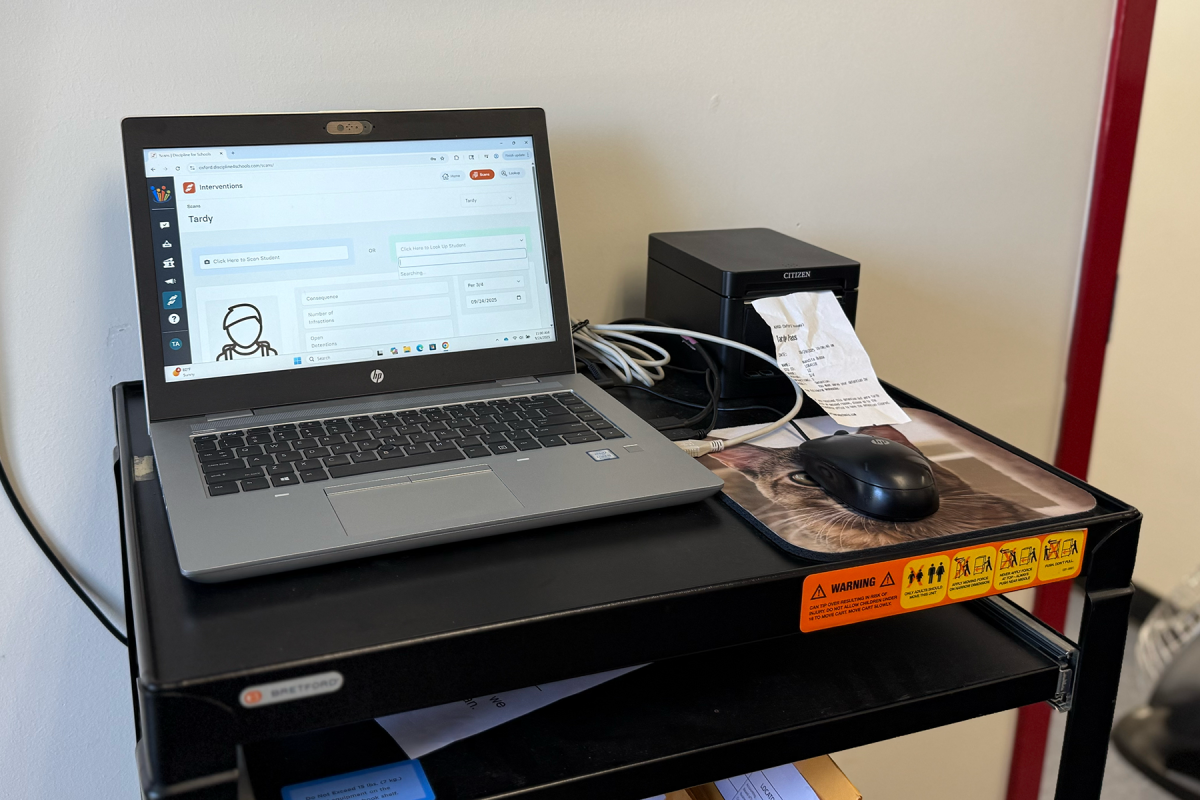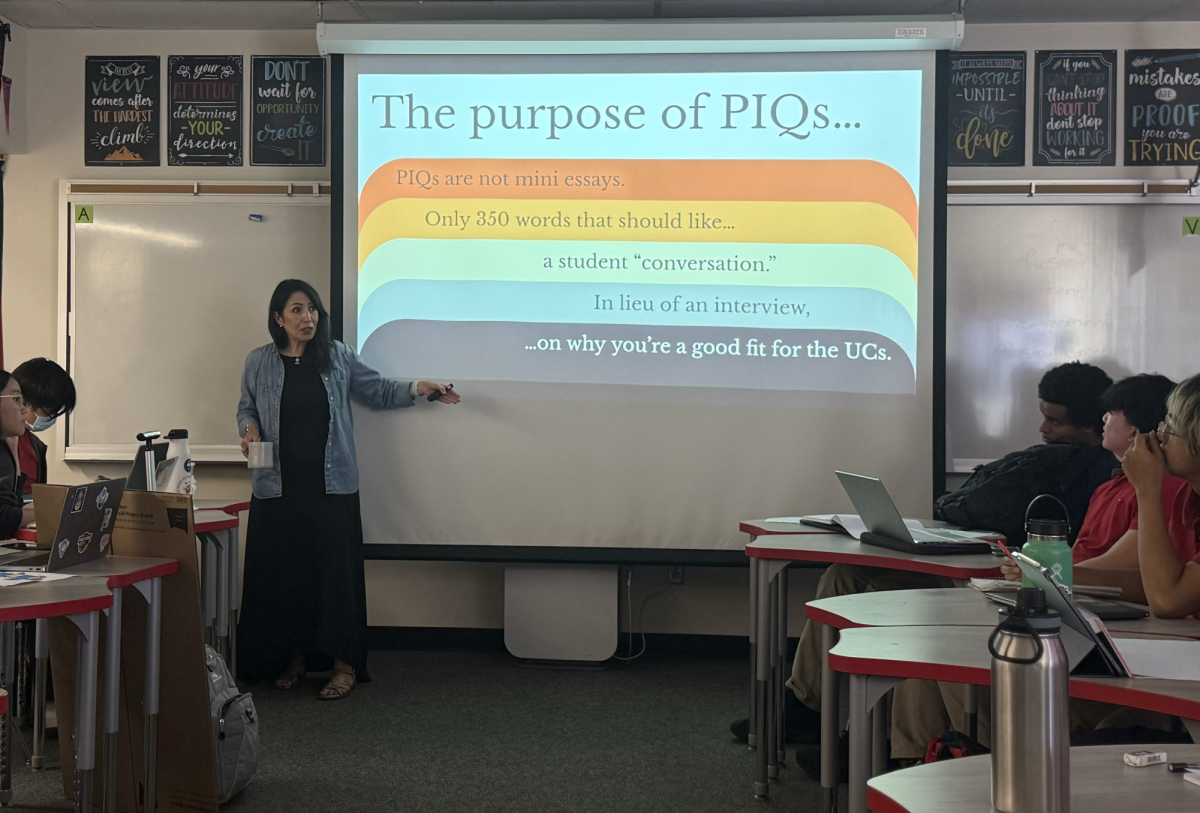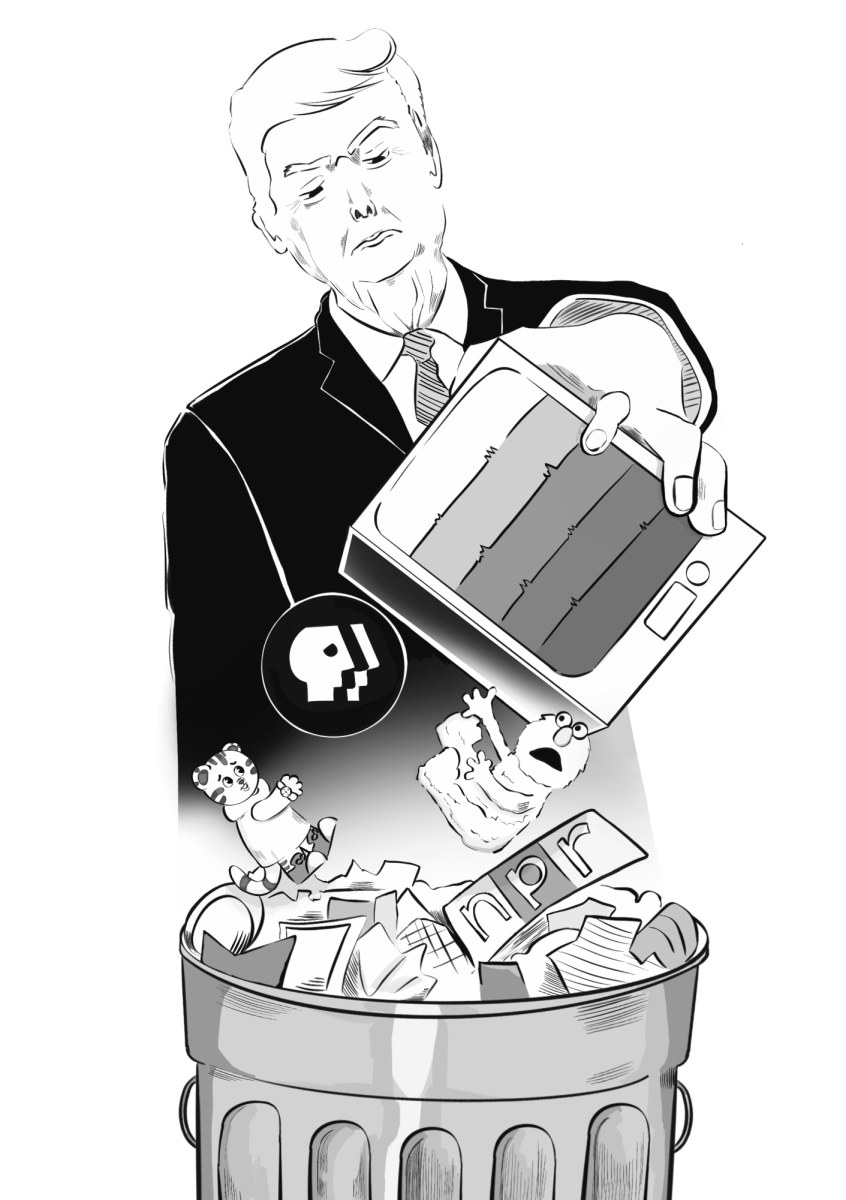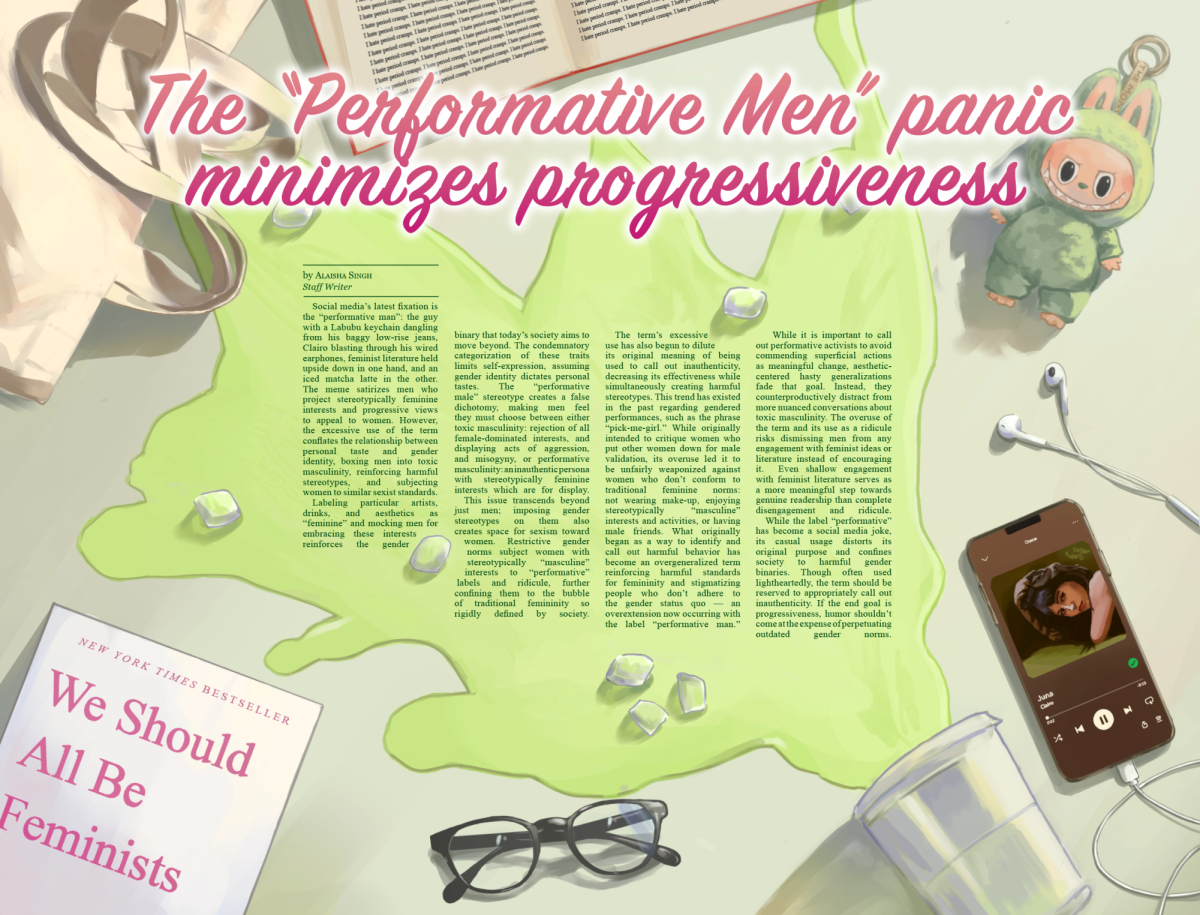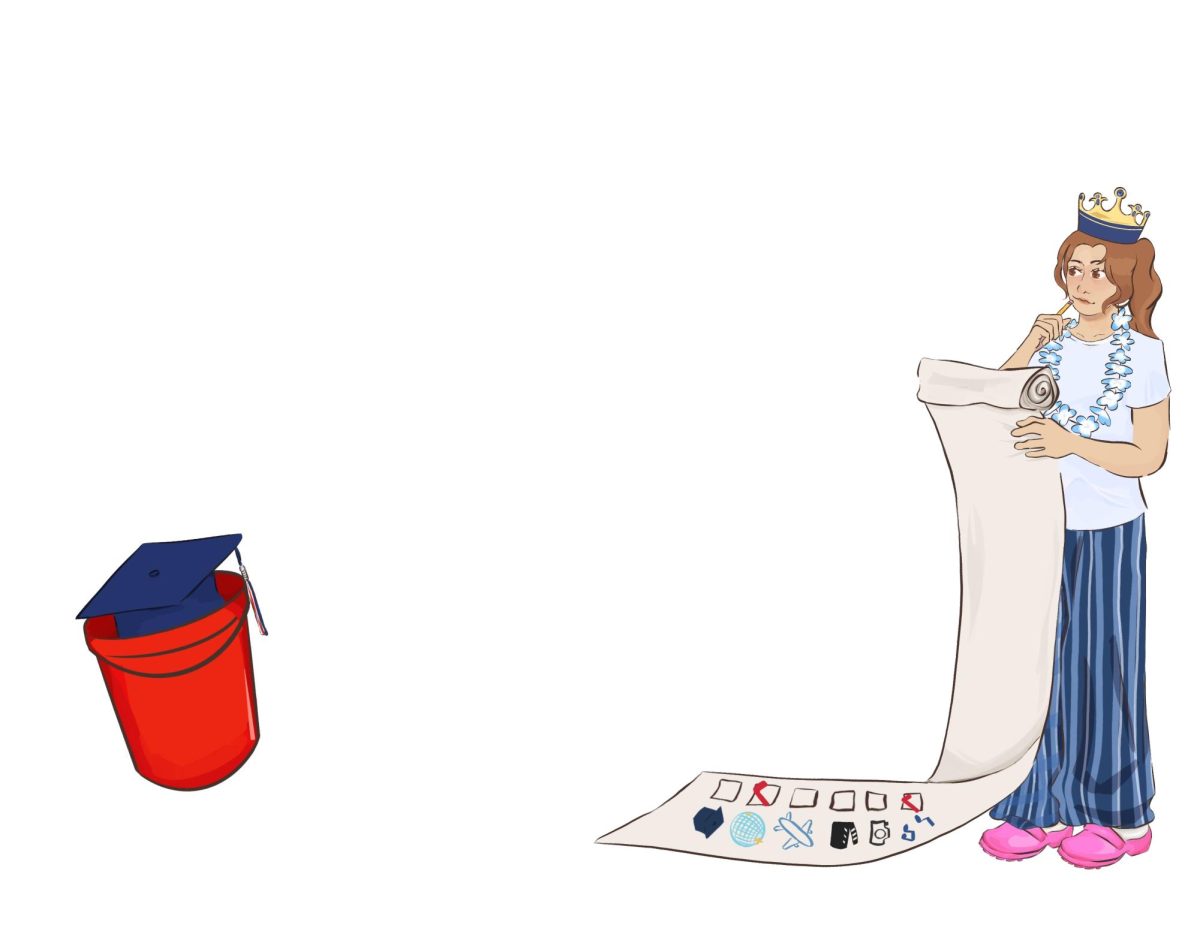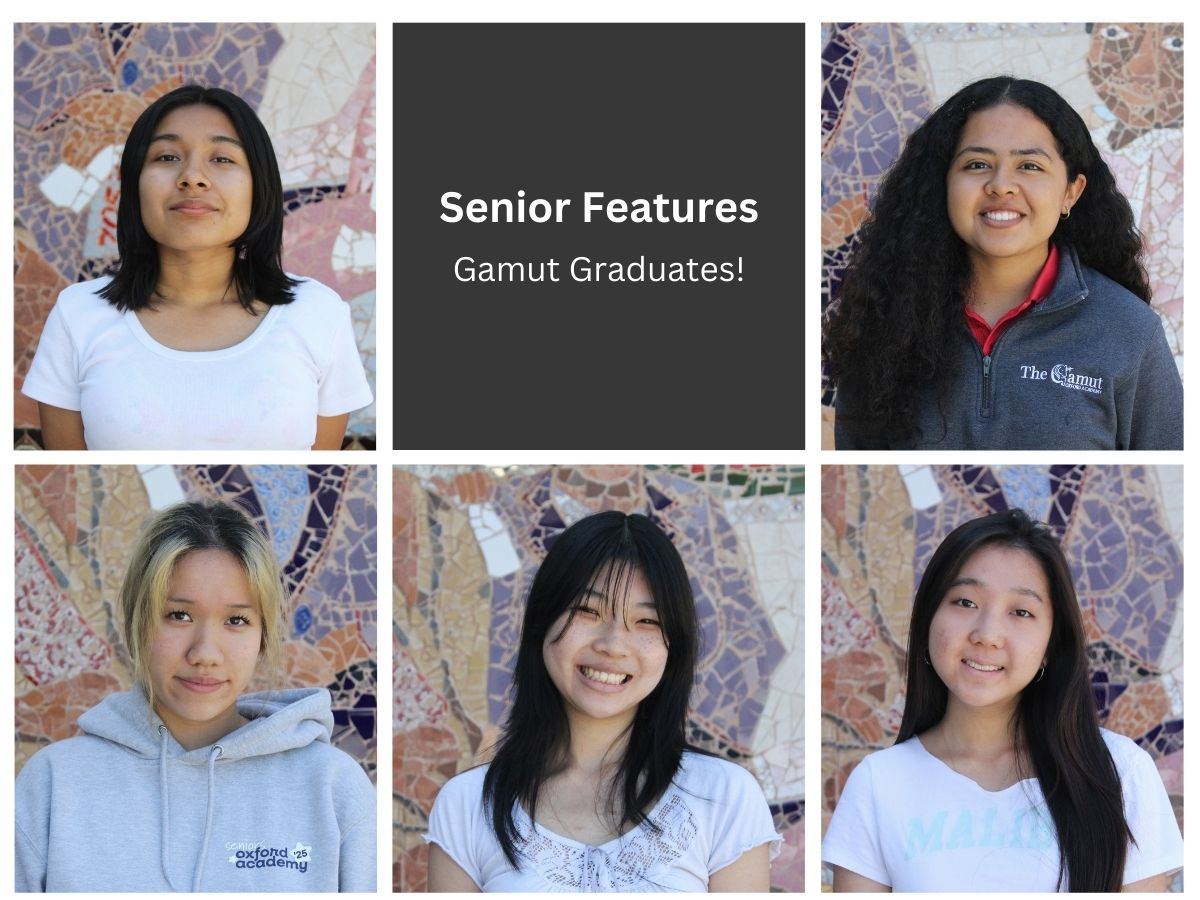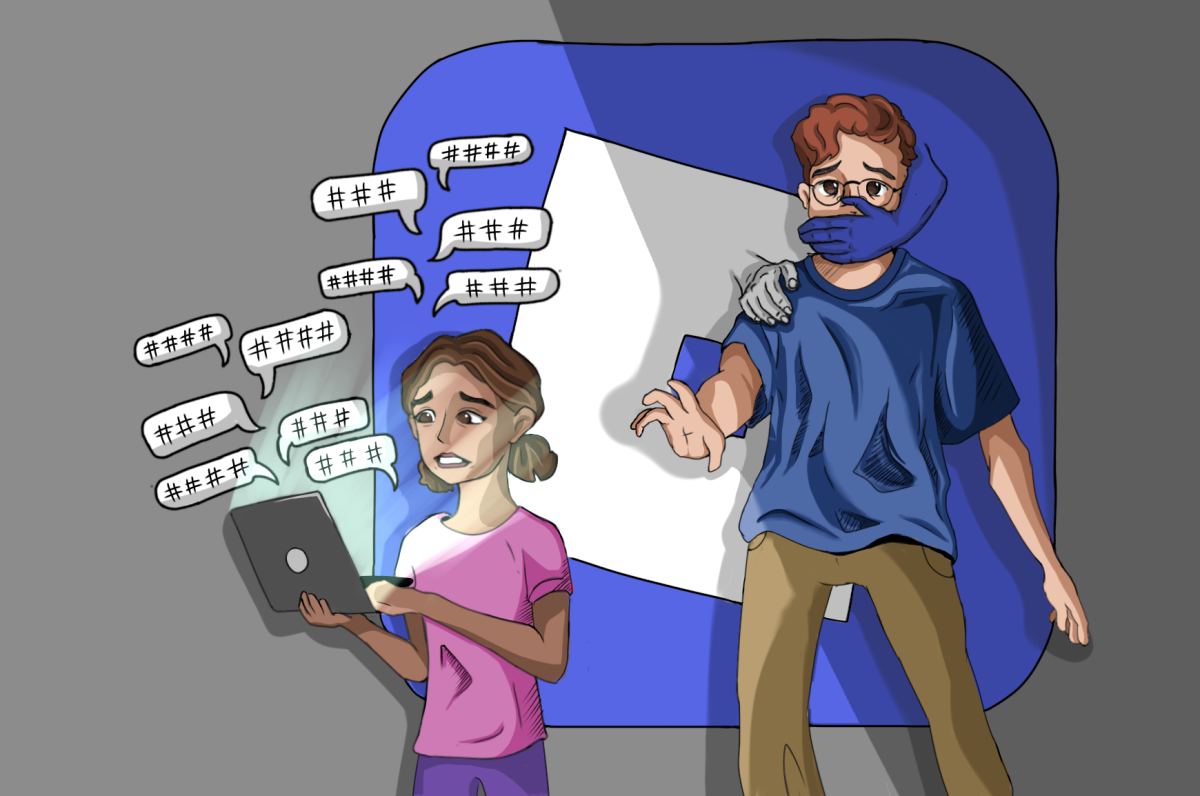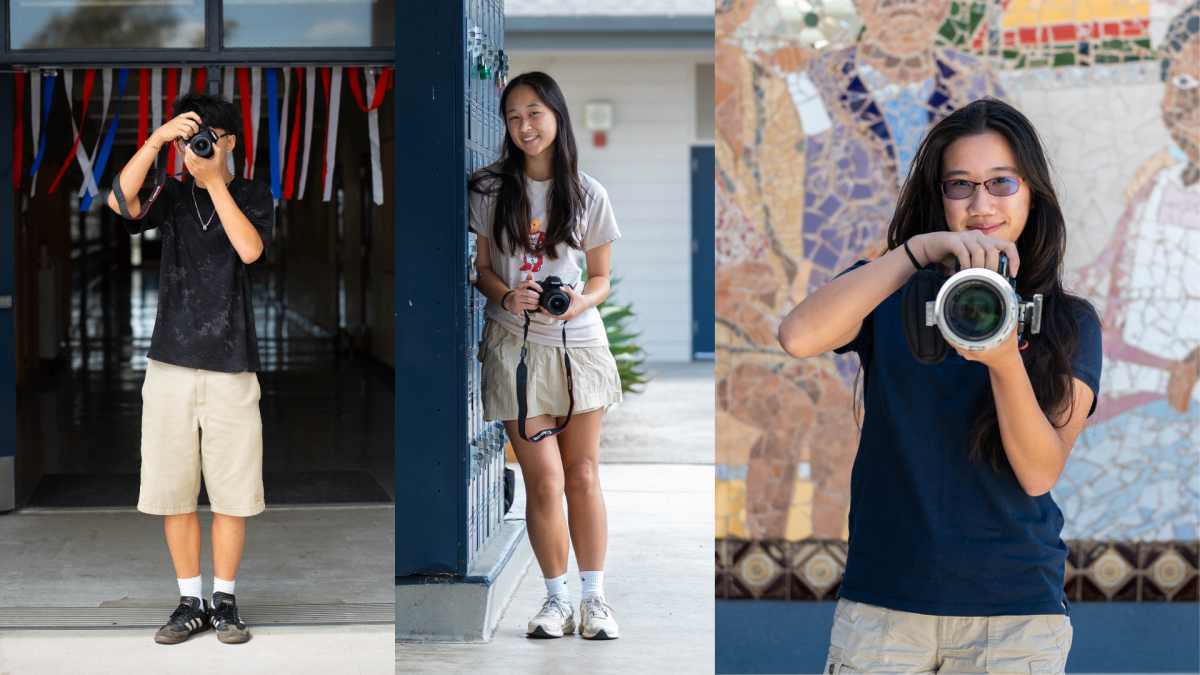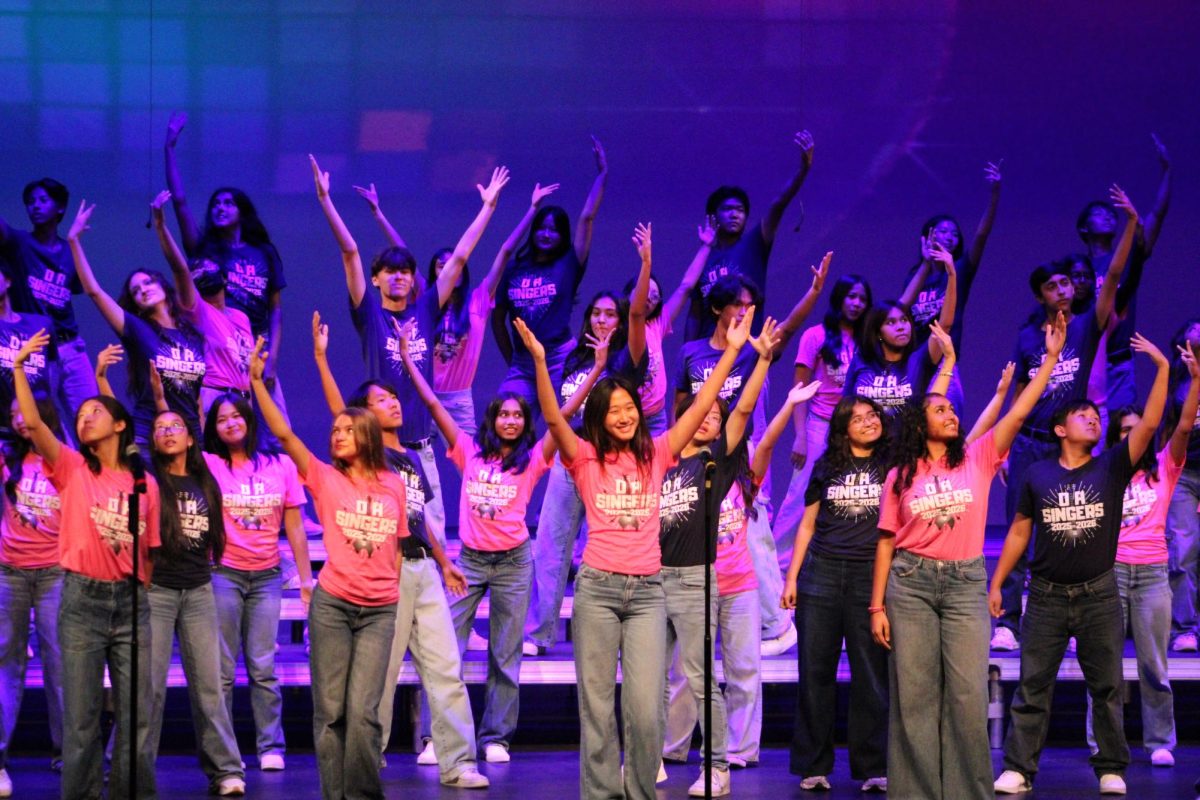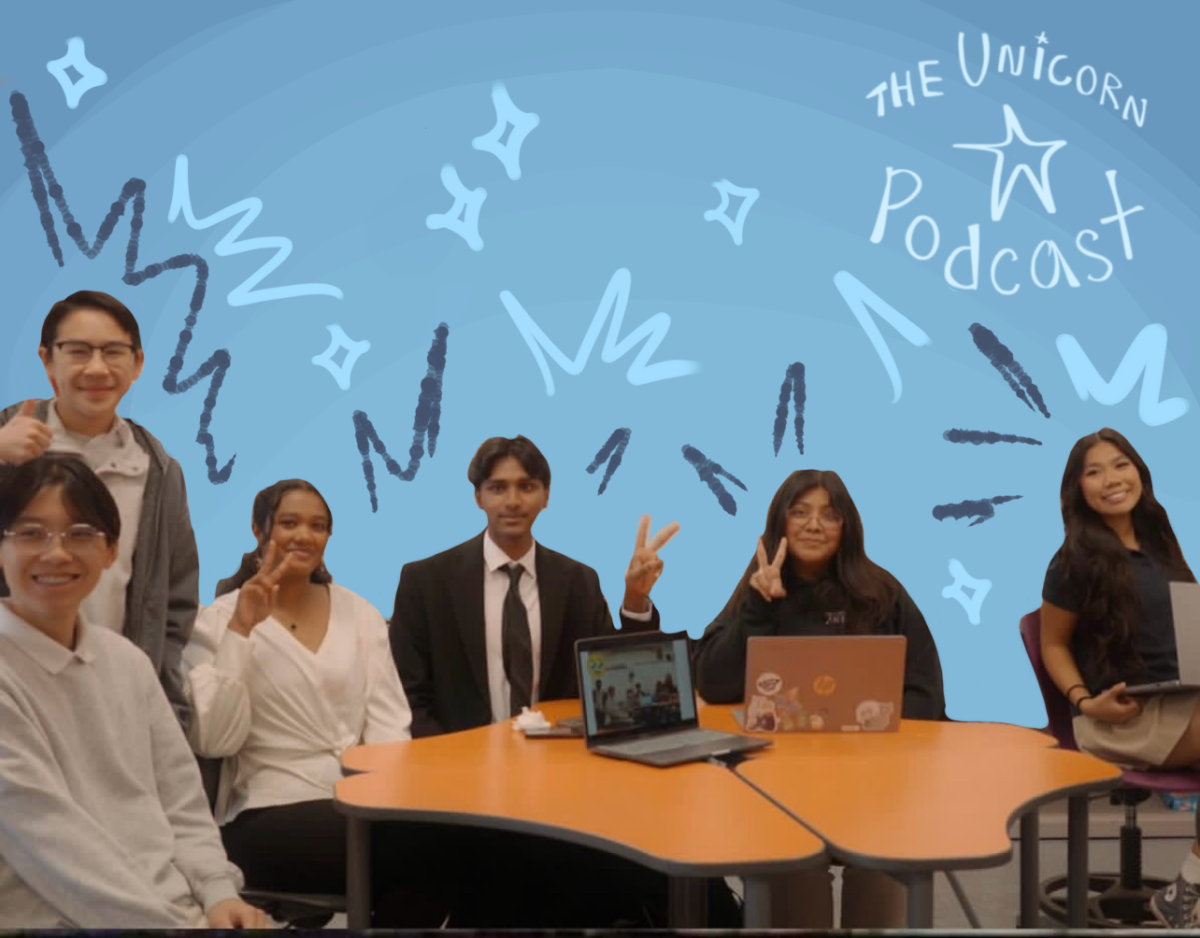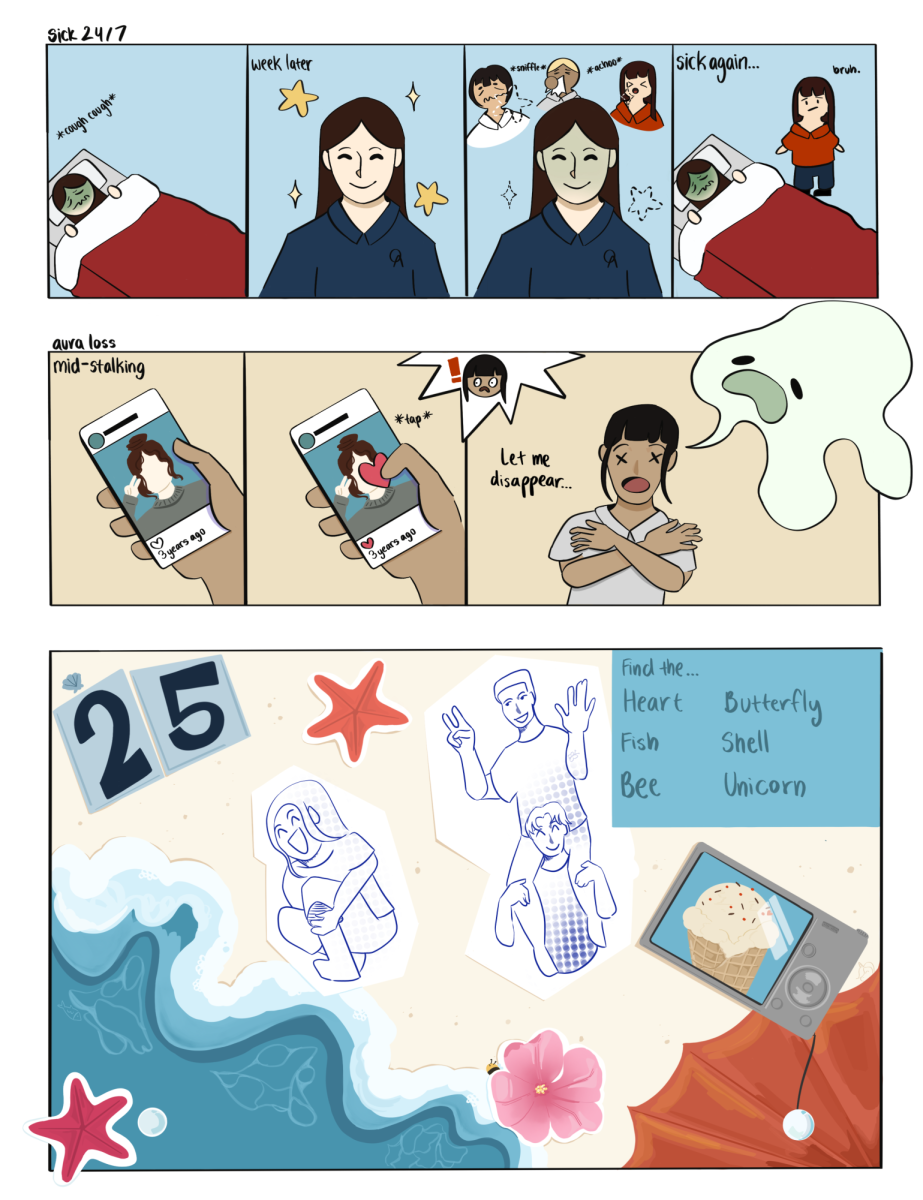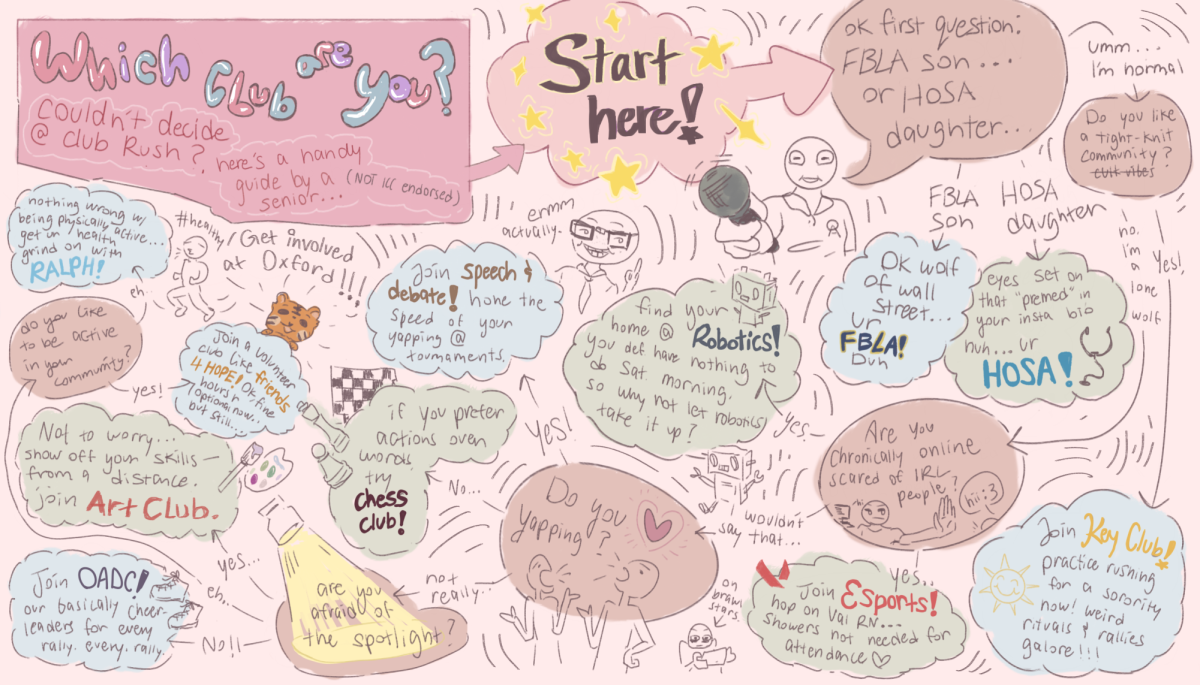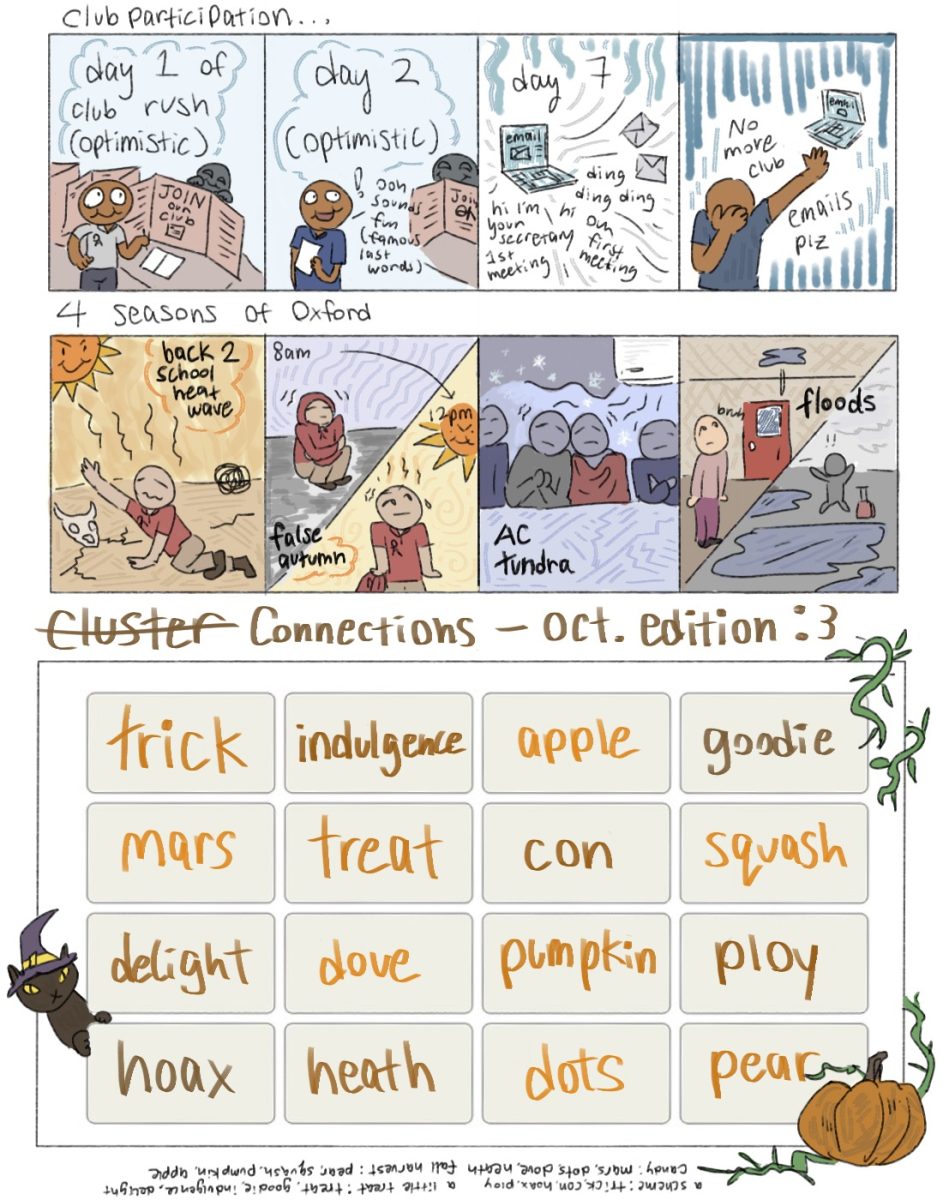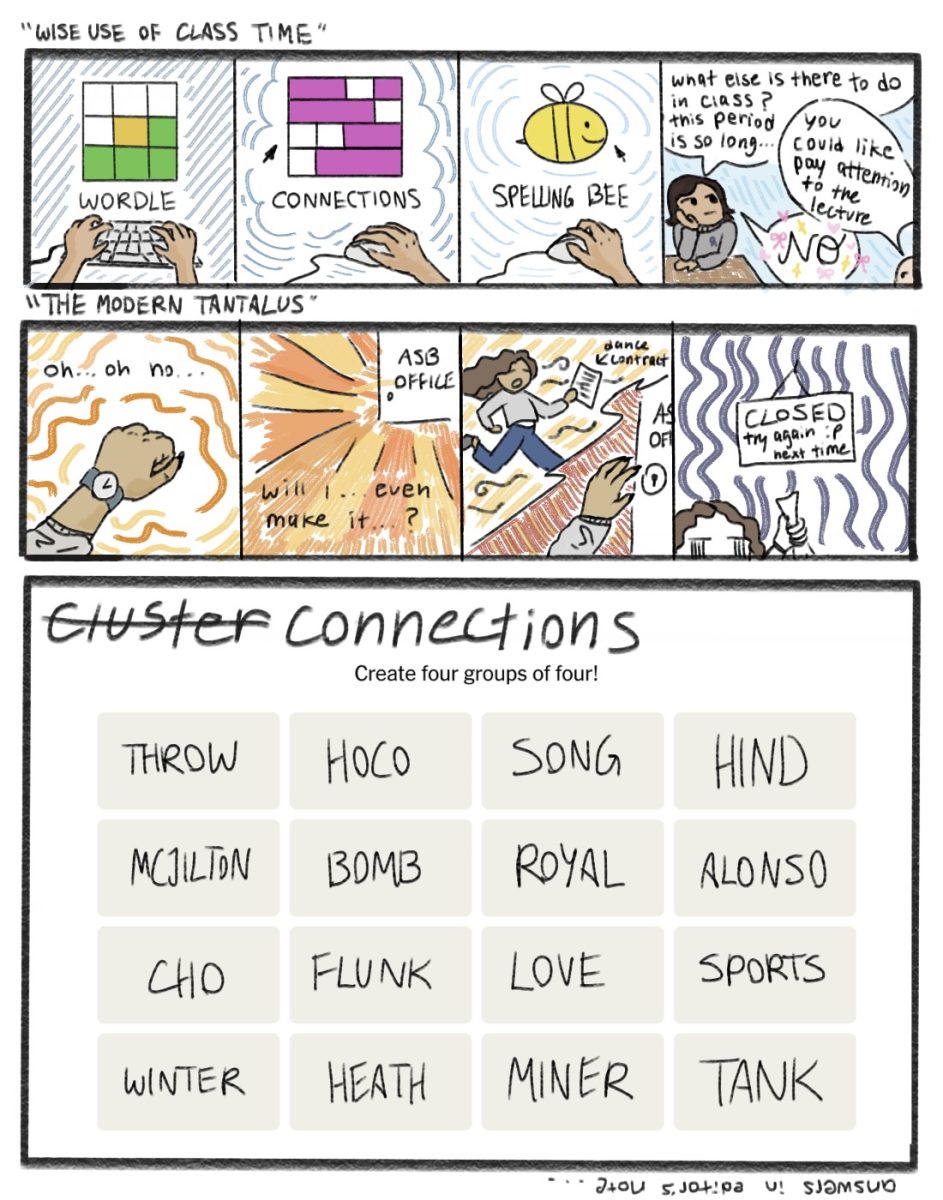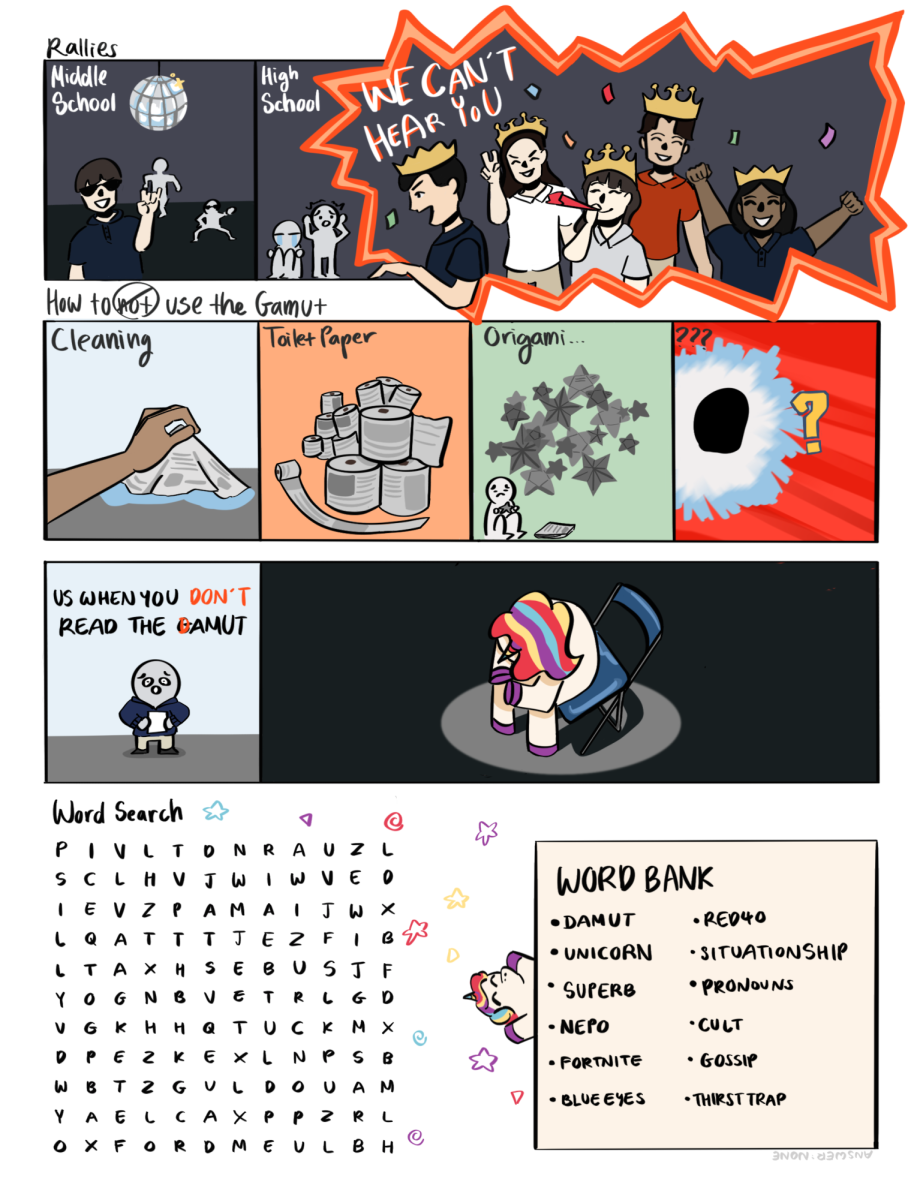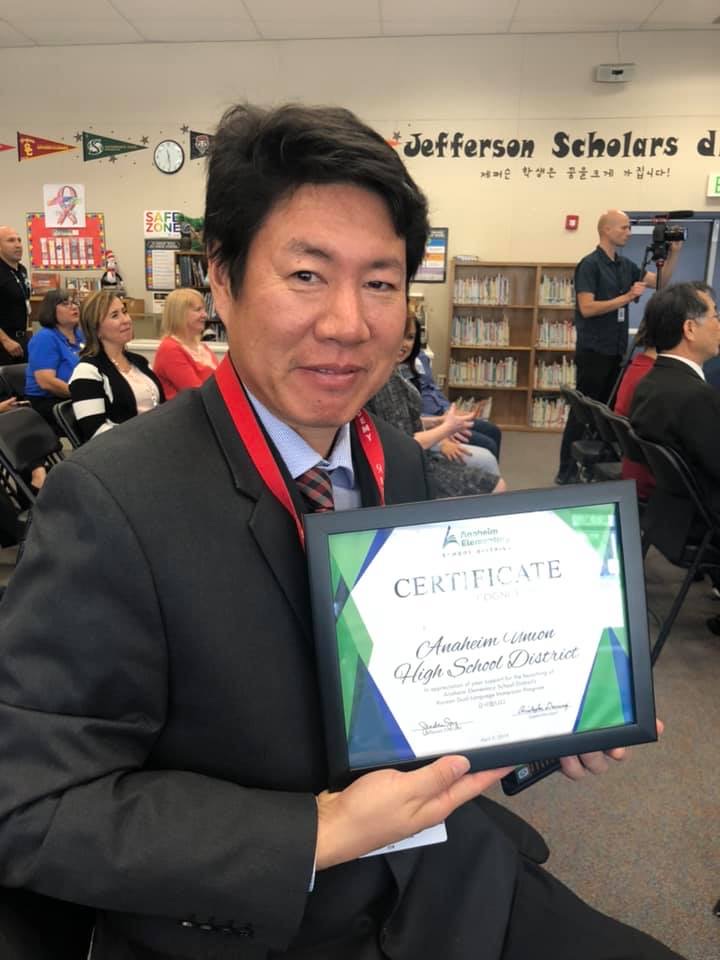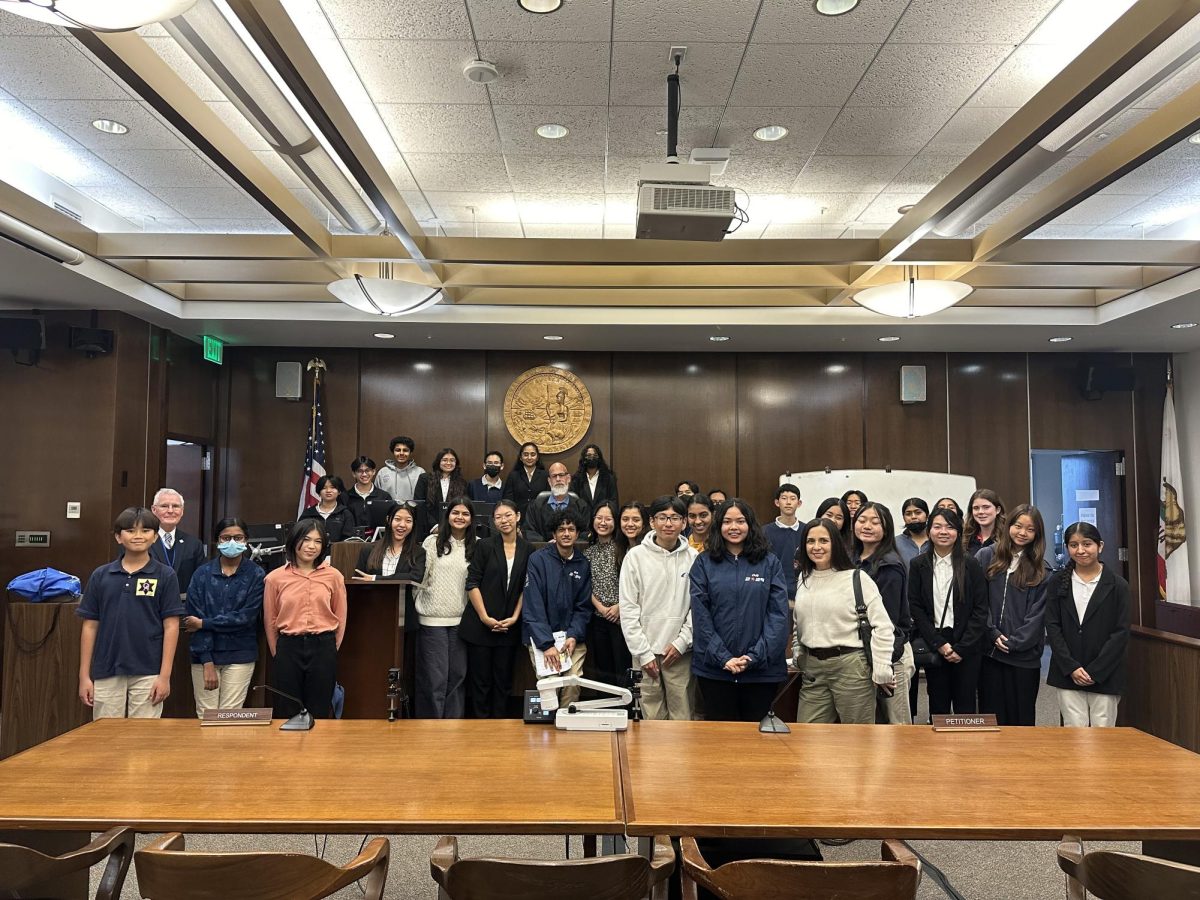eKadence, the nonprofit learning management system used by Anaheim Union High School District (AUHSD), is in the process of launching its new AI chatbot, Skrappy. The first pilot of eKadence was launched in the 2019-2020 school year with Cambridge Virtual Academy (CVA). The platform was provided to AUHSD at no cost for five years, based on shared values between the co-founders and AUHSD superintendent Michael Matsuda. This contract was renewed for the next five years, with the only cost being for the AI features.
Skrappy aims to provide student-specific responses based on student data and information about their classes. This includes offering advice on how to raise a student’s grade using information such as their grade book, schedule, and roster. It could also provide help outside of academics, such as linking nearby food banks if the student says that they are hungry.
“Skrappy in the context of eKadence is not just your generic tutor. […] He knows both the district, the students, […] and the resources that the district has,” eKadence cofounder Dang Vu said.
eKadence strives to involve students and faculty in this process. Skrappy’s name and functionality were designed by student interns this past summer, including those from AUHSD’s AIME program. The company recently finished its first round of surveys from a select group of teachers and students. It also measures performance based on students’ conversations with the chatbot, such as whether they’re saying “thanks,” or “that was terrible.” eKadence will analyze these various data points to infer what to improve in the system.
“These tools have the ability to interact with eKadence directly, which is something [typical chatbots] cannot do,” Kennedy High School senior, Rishita Dugar said, who worked on the student team that developed Skrappy. “Also, if this tool has the ability to send and receive files, it will be infinitely more useful for students using eKadence, in ways very different than [other AI].
Beyond the Skrappy chatbot for students, there are additional features on the teacher dashboard. An AI lesson plan builder generates unit plans, reviews content, and civic action plan assignments. Additionally, the AI can write its own “glows and grows” feedback for the student, analyze large data sets like surveys to find common answers, and is built into assignments to check if students are using Chat-GPT. Guides and feedback are written with the 5Cs and district standards in mind, and the district can add additional features manually.
The developers intend for the tool to aid teachers, not to take their jobs.
“AI is good at certain things, but it’s still not a teacher,” Vu said. “In an ecosystem like AUHSD and the type of work that eKadence is doing, we’re about fostering the entire student. If you’re talking about the 5Cs, AI knows nothing about it. All these tools are to help empower teachers [and] to save them time, but none of it is to remove them from the classroom. They [are] still the expert in the room.”
Implementing eKadence’s AI tools will cost AUHSD $450,000 over the next five years. While the costs are for the AI features, the rest of eKadence will remain free to the district.
“[The district and eKadence] have talked about AI since last year, so we knew what these tools cost in terms of powering them, so it wasn’t that money just came around now, [we’ve been planning this],” Vu said. “These [features] are expensive, so we want to make sure it’s affordable. If you look at just from the cost of technology, [the] price AUHSD is getting [is one] that no other district will get from any other company.”
Several students raise concerns about the necessity of the Skrappy chatbot and AI tools. “[I feel like Skrappy] is a waste of district funds,” junior Veronica Shao said. “If they want to invest in better technology, can’t they focus on fixing the wifi issue? My [math] classroom didn’t have wifi for two months, and no one fixed it. Instead of having unnecessary features, the district should focus on actual problems in the school.”
Additionally, students have expressed that the technology is redundant with existing AI chatbots.
“If I wanted help, I would just ask Google or Chat-GPT,” junior Aarti Chaudhary said. “[It would likely] provide me with better quality answers. Even Chat-GPT is unreliable, so I don’t see how eKadence will be a better alternative that’s worth the effort and the cost.”
As eKadence begins implementing AI, it intends to provide resources to help the student body prepare for the future with technology.
“AI is here, and it’s here to stay. [Districts use AI] to make sure students are ready for the future. And the only way [students] can be ready for the future is to have exposure to it, but in an environment like eKadence where we’ve done the work with your district to make sure it’s safe, [predictable], and that it’s brought to you in a very thoughtful and meaningful way,” Vu said.





